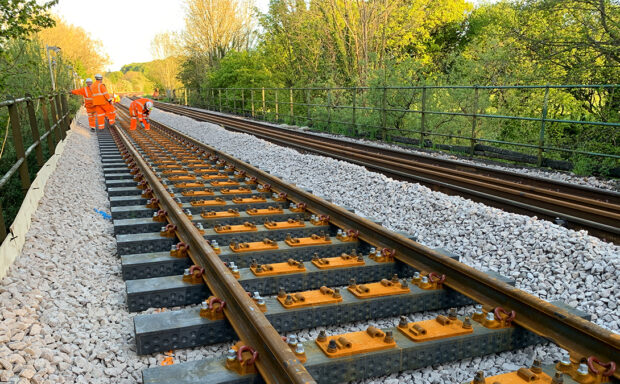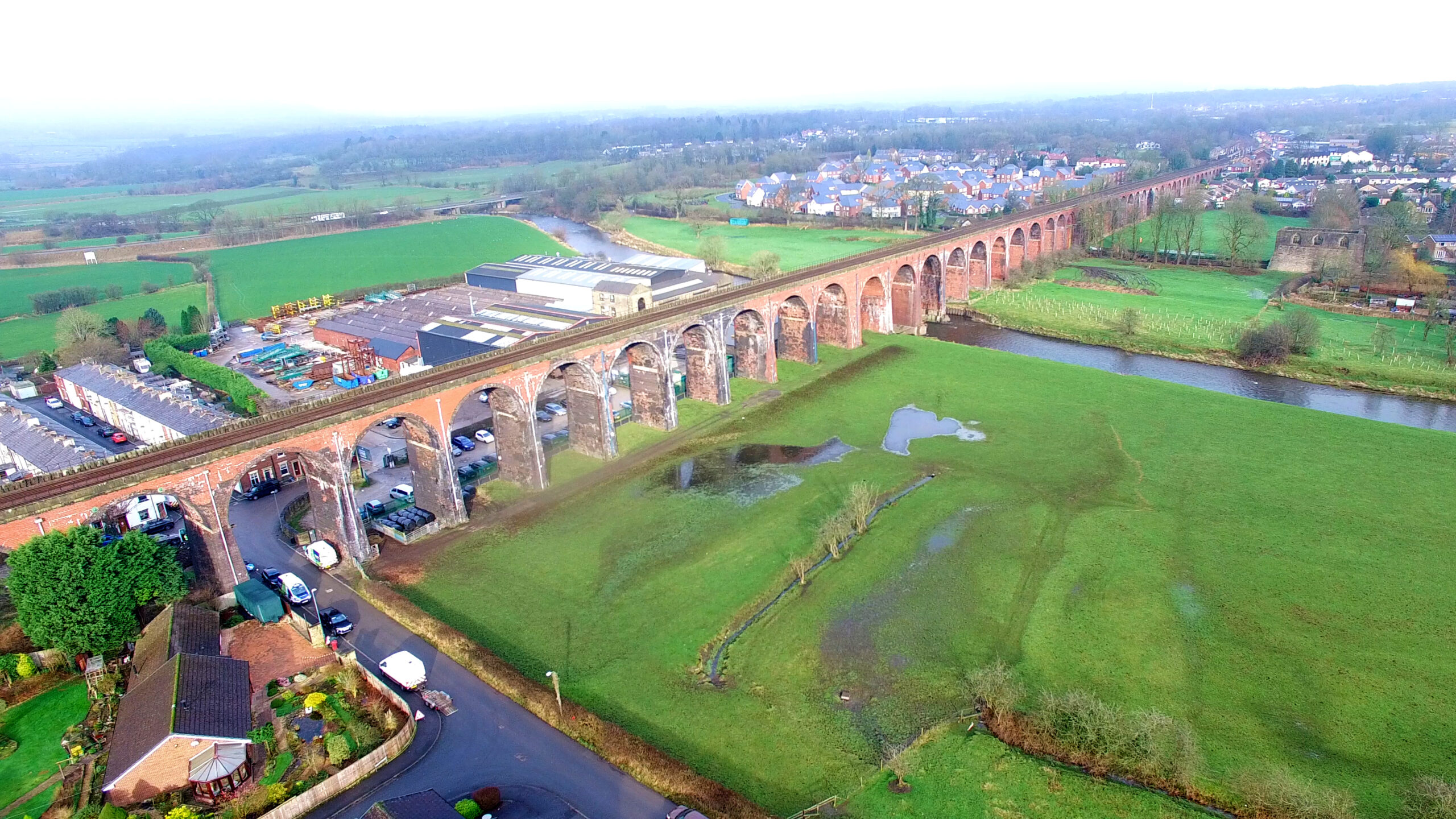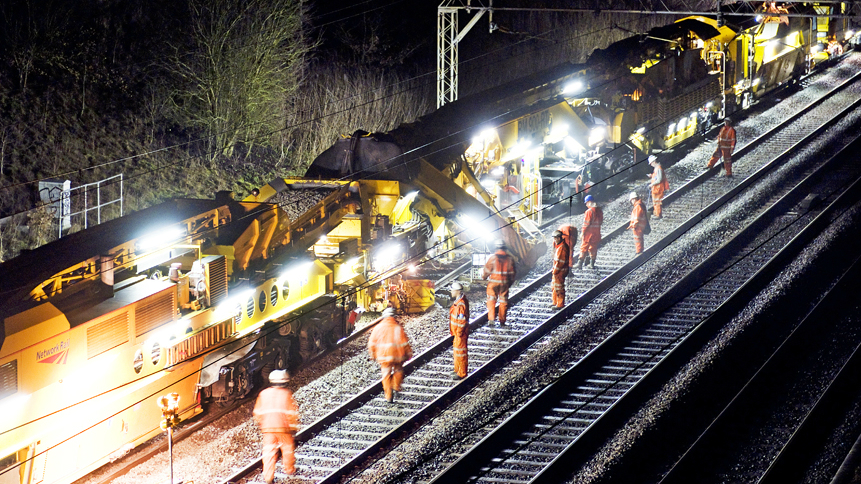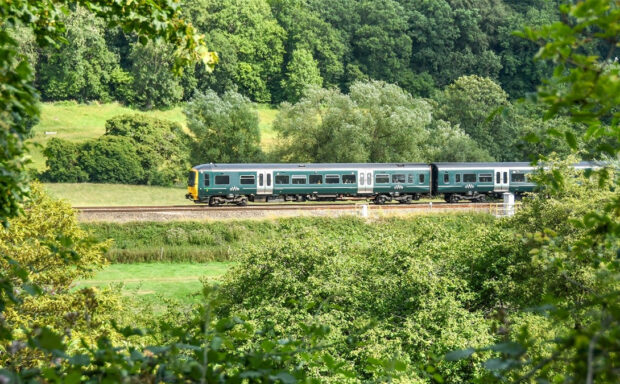We look back at one of our most unique historic restorations – ‘the heart of London’.
The Eleanor Cross – now on the forecourt of London Charing Cross railway station – historically marked the centre of the capital.
In August 2010, we completed a 10-month project to repair and restore the Victorian railway replica of the Eleanor Cross, safeguarding the historic landmark for future generations.
What is the Eleanor Cross?
Originally, 12 Eleanor Crosses were built between 1291 and 1294 in memory of King Edward I’s wife Eleanor of Castile. The crosses were placed at the nightly resting places the funeral procession had taken on its journey from Lincoln to Westminster Abbey, where she was buried.
London’s original Eleanor Cross was situated on the south side of Trafalgar Square, where a statue of King Charles I stands today. This is the point where all mileage distances on road signs to London are measured to today.
The original cross in central London was demolished in 1647 by order of Parliament but in 1865, the South Eastern Railway commissioned a replica to mark the opening of the Charing Cross Hotel.
Restoration
This replica of the Eleanor Cross had deteriorated over the years as weather and pollution took their toll on the stone monument.
Owing to its vulnerable condition, it was placed on the English Heritage At Risk Register in 2008, so a plan of action could be identified.
Robert Thornton, then our principal architect, said at the time: “London is a railway city. Since it arrived in the capital in 1836, communities and businesses have relied on rail to go about their daily lives and support the economy, which remains the case today.
“The Eleanor Cross represents part of London’s railway history, is a well-established landmark in the West End and something that should be preserved for future generations of residents and visitors.”
Repairs to the eight-sided structure were carried out by specialist stone contractor PAYE Stonework & Restoration. They included:
- recreating and attaching almost 100 missing ornamental features including heraldic shields, an angel, pinnacles, crockets and finials
- securing weak or fractured masonry with stainless steel pins and rods
- and re-attaching decorative items that had previously been removed after becoming loose.


The restoration was a complex piece of work, much of which had to be done by hand because of the monument’s age, condition and intricacy.
Furthermore, the red Mansfield stone used on the original monument was no longer quarried, so we needed to find alternative materials for the best match.
Timothy Jones, team leader of English Heritage for Westminster and West London, said in 2010: “Monuments such as the memorial cross at Charing Cross are a hugely important component of London’s heritage – an invaluable part of the city’s personality and interest – which allow visitors and Londoners alike a glimpse into the capital’s long, complex and fascinating history.
“Although not one of the original crosses created by Edward l for his beloved wife, Eleanor of Castile, this Victorian recreation is a fine example of architect EM Barry’s work, and we are delighted to see it so beautifully and carefully restored, and happily, it can now be removed from our Heritage at Risk Register.”
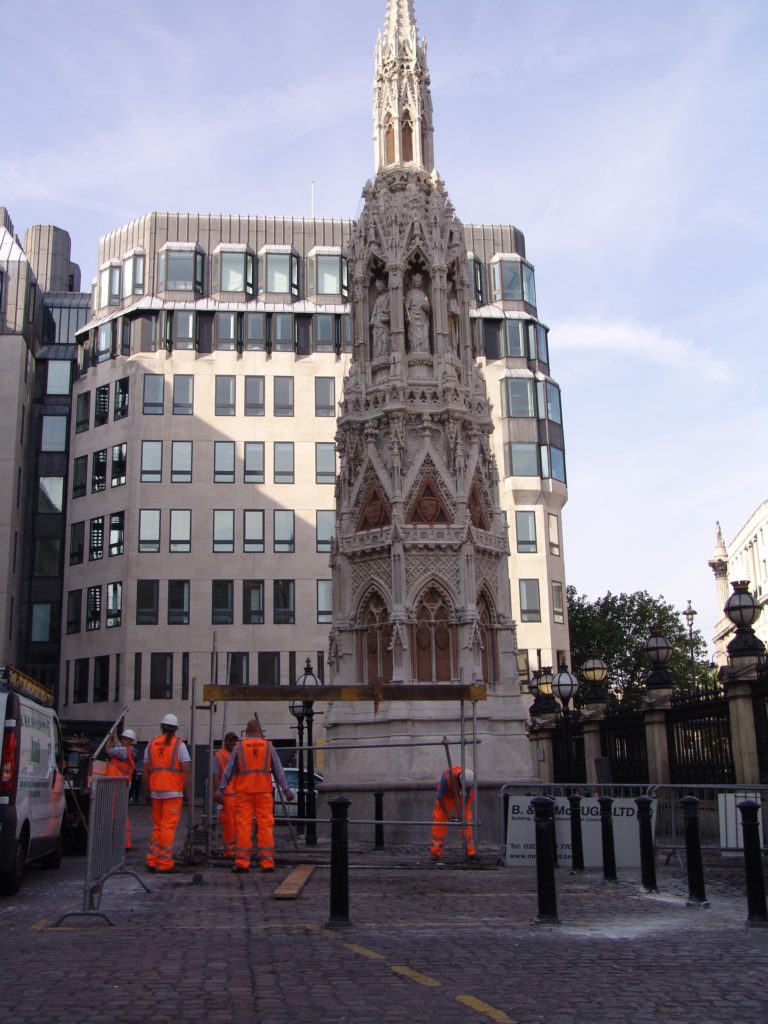
Victorian recreation
During the Victorian railway boom, Edward Middleton Barry, who also designed Charing Cross hotel, designed the South Eastern Railway’s replica of the Eleanor Cross.
It would mark the launch of the Charing Cross Hotel, which opened on 15 May 1865.
It came after the original station at Charing Cross opened on 11 January 1864.
The Victorian monument is 70 feet high and was originally built from Portland and Mansfield Stone and Aberdeen Granite.
The replica has significantly more detail than the original and is considered by many to be to be one of the most ornately carved monuments in the country.
Read more:
The history of London Charing Cross
The Ribble Valley turrets: a unique restoration
High Level Bridge: 10 years of an award-winning restoration
Recent highlights from The Railway Heritage Trust
Refurb of world’s largest working mechanical signal box completes

